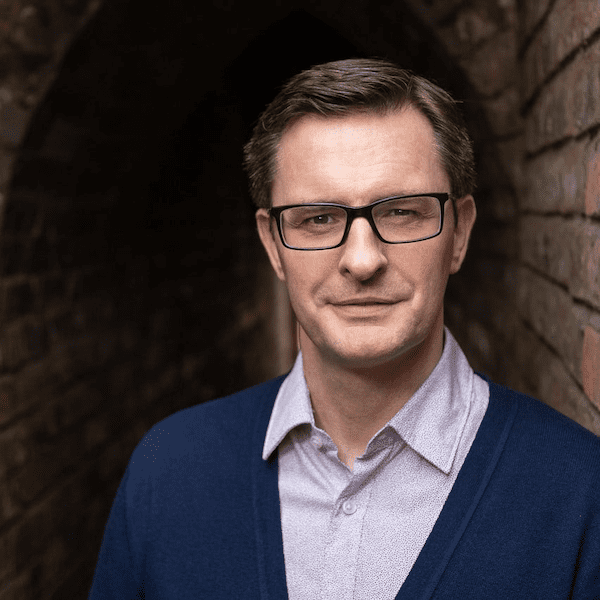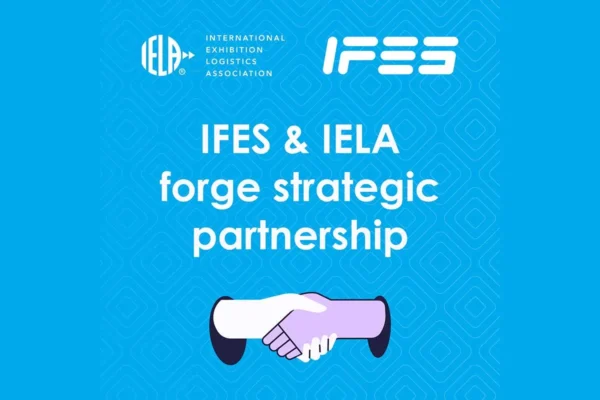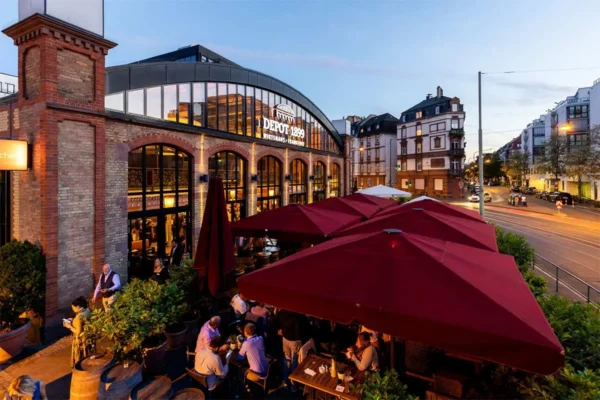Founder of Wavelength Marketing with over 20 years’ brand marketing experience spanning both B2B and B2C, Darren Coleman has helped organizations such as Orange, Nikon, Standard Life, Pepsi, BUPA, and UK Trade & Investment address a range of brand-related issues.
Darren is one of the keynote speakers at this year’s IBTM World Barcelona, taking place November 30 to December 2. IBTM spoke to Darren ahead of the event about how to create brand magic through experiences, why now is the best time to bring human connection into events, and how event organizers can start to apply these principles to their own events.
Why is creating a strong brand experience so important?
There’s two parts to this: brand and experiences. Brands operate in the emotional space. Human decisions are primarily driven by the emotions we feel. Powerful brands tune in to the emotional channel that the human brain is receptive to, and this is why brands are so important.
Experiences help brands to compete through how they do what they do, not what they do. This creates almost infinite opportunities for brands to distinguish themselves from competitors when they compete through experiences. For example, each event touchpoint provides an opportunity for the event organizer to be different. This could be welcoming and registering attendees, debriefing attendees on COVID-19 measures or a post-event follow-up email. The trick is to think about how you can bring your brand to life at these touch points, and that’s where the magic of brand experiences happens.
With the increase in technology in events, and the recent rise of virtual and online events, why is it important to maintain that human connection to build engaging brand experiences?
If COVID-19 has taught us one thing it should be humans pine for human connection. We are gregarious and sociable beings, generally! Our need for belonging is deeply engrained in human nature. By maintaining that human connection at events, you’re tapping in to the human psyche in a deep and quite primal way. This is very powerful and is an opportunity that event organizers should not overlook.
Think about it. Why would someone leave home, go on a plane to another country to attend an event? If it was just for the speaker’s knowledge they could do that do that online, from the comfort of their own home. At events, people enjoy the interaction with attendees and making new business contacts in addition to acquiring new knowledge. In this way, events are quite unique as they meet our deeply seated need for human connection.
Do you have any strategies or tips to help event organizers build better brand experience into their events?
Make sure your brand is clearly articulated. If it’s not, you won’t have a guiding principle to underpin and inform the experiences you build.
Don’t forget to engage your employees with your brand. Employees play a crucial part in delivering brand experiences. Too often employees are an afterthought when building brand experiences. They should be right at the front of the queue as great brand experiences are built from within.
Start small and keep things simple. Stay in control of the brand experiences you build, then scale up from there. Far too many brands try to launch very complex and convoluted experiences and get tied up in knots. This does more damage than good as the consistency of the experience unravels.
Measure carefully. This entails obtaining employee, brand and financial metrics. Embracing this holistic approach gives your brand experience measurement balance. Taking employee and brand metrics will also help you take pre-emptive action before financial metrics are potentially adversely affected.
You talk about building brand experiences over physical product features. How do you apply the principles of brand experience to your own business?
My agency, Wavelength, is shaped around a cluster of core values. We’re commercially driven, engaging, insightful, sincere, personable and witty. We use these to guide how we do what we do, in other words, the brand experience we deliver. Let me provide a very specific yet simple example to illustrate this point. When we go to meet a potential client for the first time, we share our brand values even before we share our client list. We do this to make a clear statement about how we conduct ourselves and what clients should expect if they work with us. This slide tends to spark conversation about specific values, which we illustrate via stories. Doing this helps us connect with the possible client on a more human level. Barriers come down, then we can get on with learning about their requirements and how can can help. That’s just one way we build our brand experience.
What are your favorite tools for measuring brand experience and increased engagement?
There’s a whole host of tools you can use depending on the client’s budget and objectives. Given the importance of emotion, several neuroscientific tools are now moving into the brand marketing mainstream, which can provide illuminating insights. Eye tracking provides an example.
In terms of a principle that should inform the tools you use, I’d advocate obtaining qualitative and quantitative data. Quantitative data talks in the boardroom when it comes to debriefs, but key snippets from video diaries or sound bites from recorded interviews can be equally powerful due to the contextual and nuanced insights they provide.
Darren will speak at IBTM World Barcelona on December 2 at 9am. The event opens to visitors at 10am.






























